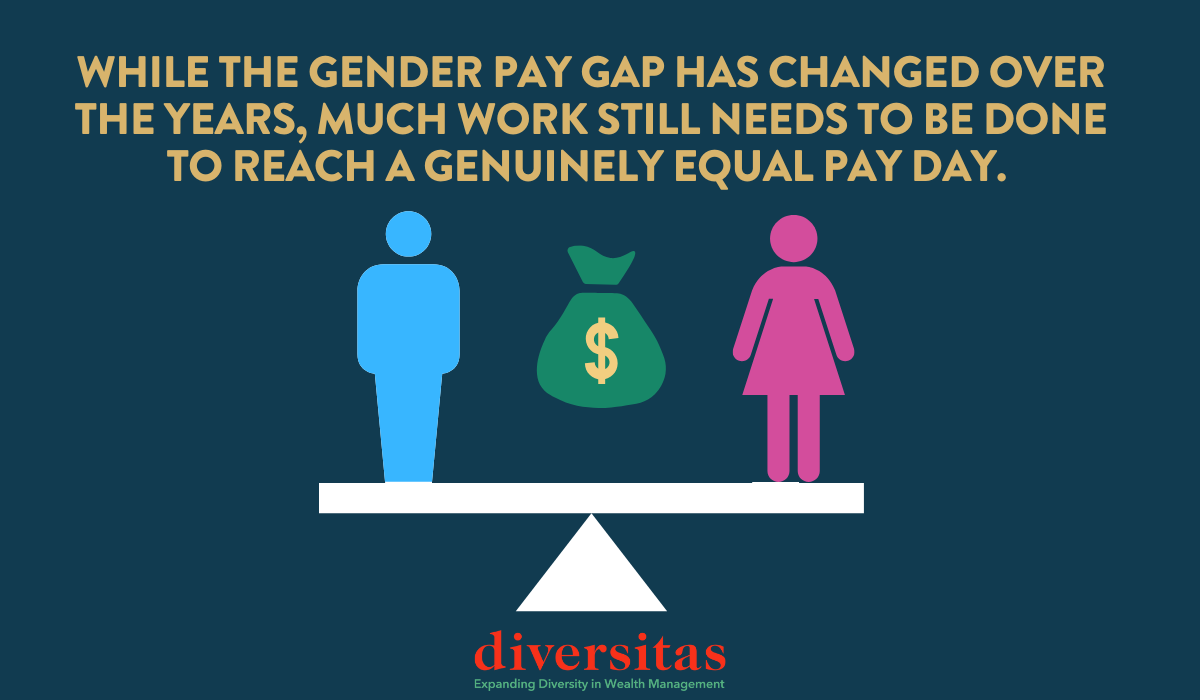Equal Pay Day falls on March 14 this year, meaning women must work more than 14 months to make what men make in 12 months. The current pay gap between men and women is 84% (for full-time employees) and 77% (for seasonal and part-time staffers).
While the gender pay gap has changed over the years, much work still needs to be done to reach a genuinely equal pay day.
How the gender pay gap has changed
According to the U.S. Bureau of Labor Statistics, women made 62% of what men earned in 1979 when they began tracking the data. In the 80s, the gap closed to 70% and was at 77% in the 90s.
Since then, the gender wage gap has stagnated at around 80% since 2004 and has even slipped a few times.
The other aspect of the pay gap is that, even among women, there are other wage disparities. Black, Native Hawaiian or Pacific Islander, Native American, and Hispanic women earn less than white and Asian women.
As a result, there are additional Equal Pay Days for other nationalities. For example, Equal Pay Day for Black women usually falls in September, late November for Native American women, and in December for Hispanic women.
The gender pay gap in financial services
According to the State of the Workforce Report by ADP Research Institute, the financial industry has the second largest gender pay gap. In 2019, women made up more than half of the workforce but only made $27 per hour, whereas men earned $40.
In 2022, the Bureau of Labor Statistics reported that women financial advisors made 35% less than males in the same role.
In any industry, there may be various reasons the gender pay gap exists. It could be related to discrimination and lack of support at work. For example, women may have chosen to pause working to care for a family or had less access to education than men.
How can we close the gender pay gap?
Last year, Deloitte offered some ways companies could close the gender pay gap well before the Equal Pay International Coalition’s goal of 2030. To beat the goal, organizations must be proactive about equal pay.
Some ways to reach equal pay include identifying where the most significant pay gap exists within the company and then work backward. Look into how salaries, raises, and other compensation are determined. Review hiring processes and performance assessments to see where bias may be present.
Examining the company’s turnover rate (and trends within it) is a way to understand why people leave their roles. Are more women leaving the company? Is there a department that has a higher turnover?
Getting to the root of income disparities in your company is another step toward a genuinely equal pay day.
If you’re an organization interested in attracting more diversity to your company, please reach out to us at diversitas@diversitasfp.org. We’d love to hear from you!






